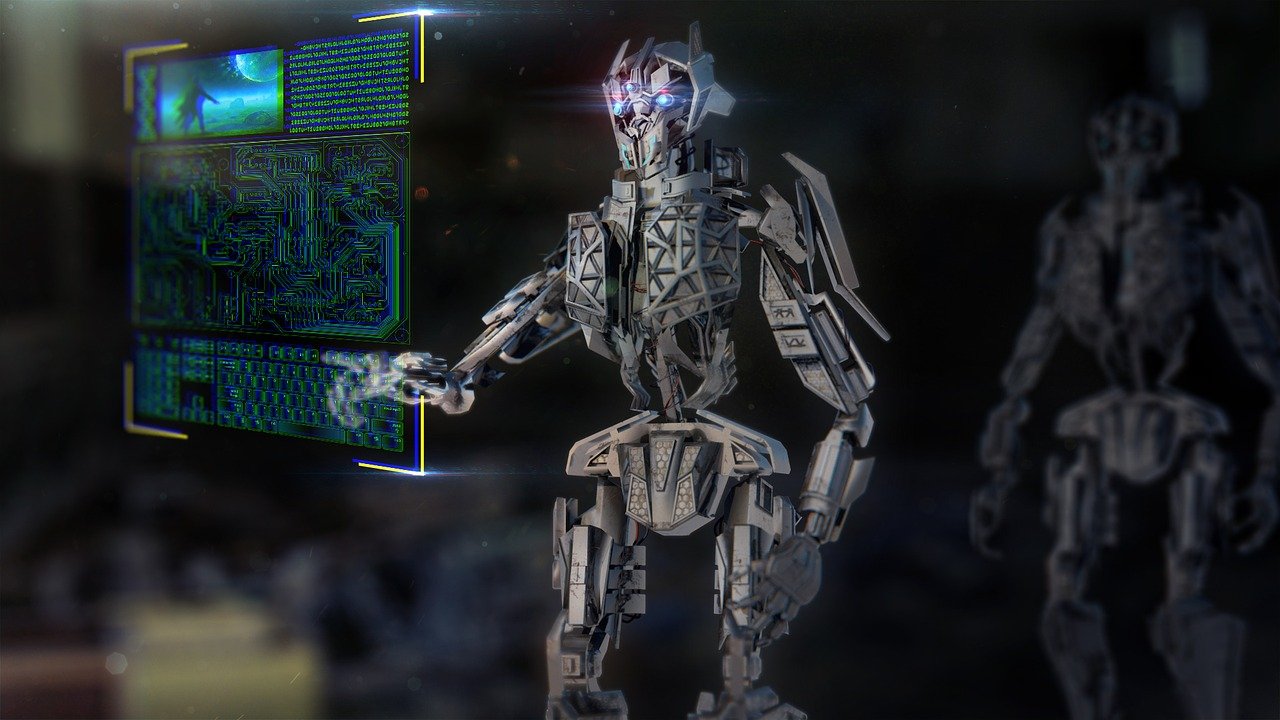Artificial Intelligence (AI) in Software Testing aims to make testing more efficient and more innovative. Both AI and Machine Learning help apply problem-solving and reasoning-based skills to automate and improve testing. The main reason to include AI in software testing is to minimize the time-consuming manual testing to focus on more complex test procedures to create new and innovative features.
Testing is a highly crucial factor in software design. Without thorough testing, any implementation can result in too many errors or issues. A rigorous and well-defined testing process is necessary to make the solution reliable and keep the service and maintenance costs minimum. Testing has become an integral part of the development process rather than an afterthought.
In every software testing process, the role of the QA team includes basic functionality testing, Understanding and reviewing the code, testing every single unit, finalized-based testing, and single-user testing. However, testing becomes more challenging when combined with AI because Artificial Intelligence includes higher complexity than regular-based software development.
On the bright side, practitioners and researchers consider ML and AI’s potential to bridge the gap between machine-driven and human-based testing capabilities. As a consequence, many companies are focusing on AI-powered automated testing tools.

There is no clear definition we’ve found about Artificial Intelligence. Yet, it is defined as the intelligence displayed by machines rather than the actual intelligence of living organisms and humans. Ensure AI creates a dependency on machine learning in which machines can functionally perform without being specially programmed.
Discover the Top Benefits of AI Testing Below:
Better Detect Tracking & Management
The traditional-based testing methods make it difficult to notice the bugs for a long. These ignored defects/bugs later become the reason for nuisance. On the flip side, AI can analyze these errors and help fix defects within a few hours, minutes, or seconds. To automate the AI process, software teams take over the bug-tracking task. Still, AI provides a feature of auto-correction for coding so that companies’ experts can save the maximum number of times consumed in writing codes again.
Rapid Testing
Manual testing takes a long time and costs a lot of money. In contrast, making new changes to the code requires focusing on new tests every time. During regression testing, quality assurance agents feel exhausted. However, AI can automate test processes and help you perform consistent testing at a much faster pace. Test automation can replicate various virtual users, which is hard to manage if it is controllable application testing. Apart from that, AI tools can tell the accuracy of tests needed to validate the modified code.
Test Maintenance
Traditional testing provides only one way to find fields in applications. However, AI testing services can easy to examine the relationships between documentation segments. Due to this process, changes can be easy to make in real time. AI also helps to change test scripts automatically and gives ease for test maintenance.
Script Automation
There is no requirement for automating a test script, especially if you are working with AI as its algorithms automatically execute the test scripts. AI can sort the log files and ensure stability for test cases when locators are changed. AI comes with self-learning capabilities for scripts, and AI tools can understand page load behavior and take responses from servers.
Visual User-Interface Testing
Web pages can be visually validated with AI, and it can test various types of content on the UI (User-Interface). These tests require human intervention to make the layout decision and are hard to automate. On the other hand, ML-based visualization tools can spot the difference between images, which is challenging to pinpoint for humans. AI tools are suitable for the measurement of load time and taking screenshots. Thus, when choosing Artificial Intelligence in software testing, it eliminates the manual effort needed to build a framework, update the Document Object Model (DOM), and analyze risks.
Bots Evolving
Code changes allow AI bots to learn about new applications’ functions. Whenever it comes to detecting the code, AI understands it as a new functionality. AI algorithms are continually modified as experiments are performed. As a result, it becomes feasible to obtain quality results from AI bots.
Data Sources & Quality
As you know, AI has self-training abilities through static data and multiple dynamic resources. At this time, several issues can arise based on the quality of input data. Thus, it is necessary to check that data is correct or quality issues as poor data quality or formatting issues increase the complexity. In the case of not using quality-based data, the velocity and variety of dynamic data can lead to errors.
Better Scope of Testing
AI improves the scope and number of tests. With machine learning, AI tools use spidering techniques to write several numbers of tests automatically. These tools have an inbuilt feature that supports a crawler to crawl the collected data of an application. This data is further used to train the model of machine learning about the application. In case of a deviation, the ML model compares the results with predicted applications’ patterns and raises a flag. Moreover, AI can identify the risk-prone areas and analyze test coverage.
Wrapping Up
To make the product acceptable for users, companies today pay massive attention to quality details and use AI in software testing to eliminate the significant number of errors in the testing phase. AI software or tools are designed in such a way that it becomes easier to analyze the data and complete the overall task with intended accuracy. AI can easy to identify the line-by-line code and catch so many bugs within a few seconds.
Discover more from DigiPro Marketers
Subscribe to get the latest posts sent to your email.

